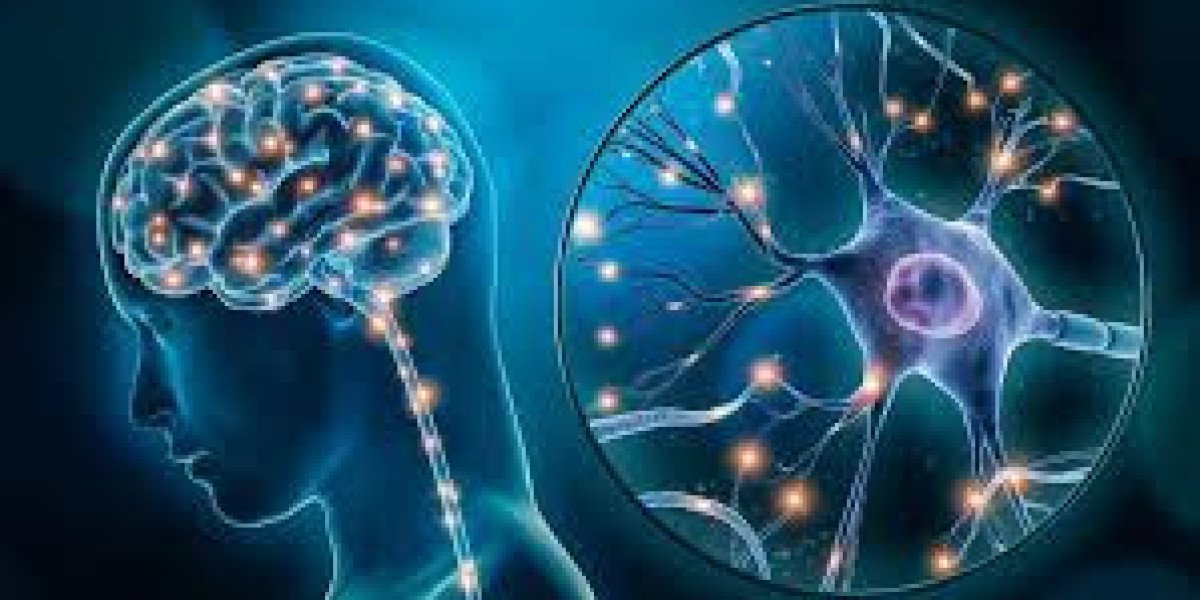Optogenetics is a cutting-edge field that combines the power of genetics and light to control cellular activity with unprecedented precision. Though originally developed in the 2000s to manipulate neurons in animals, the potential of optogenetics has far exceeded expectations, moving toward clinical applications in humans. This technology has sparked interest in both neuroscience and medicine, as it holds the promise of understanding and treating various neurological and psychiatric disorders. In this article, we will explore the basic principles of optogenetics, its application in humans, and the challenges and future directions of this transformative technology.
What is Optogenetics?
At its core, optogenetics involves the use of light to control cells that have been genetically modified to express light-sensitive proteins. These proteins, typically derived from microorganisms, such as algae or bacteria, respond to specific wavelengths of light. When exposed to light, these proteins can alter the activity of cells in various ways. The most commonly used proteins are channelrhodopsins (which open ion channels in response to light) and halorhodopsins (which close ion channels in response to light).
By introducing these light-sensitive proteins into specific types of cells, scientists can selectively activate or inhibit them with remarkable precision. In the context of neuroscience, optogenetics allows researchers to manipulate neural circuits in real time, providing valuable insights into how brain activity gives rise to behavior and cognition.
Optogenetics in Animal Research
Before its potential application in humans, optogenetics revolutionized the study of animal brains. Researchers have been able to apply optogenetic techniques to a wide range of animals, from fruit flies to primates, to better understand how neural circuits control complex behaviors.
For example, optogenetics has been used to study the brain's reward system by activating or inhibiting specific neurons involved in reward-seeking behaviors. It has also been applied to motor control by manipulating neural circuits involved in movement, as well as in the study of sensory processing, learning, and memory.
The precision and specificity offered by optogenetics have allowed neuroscientists to address questions that were previously difficult or impossible to answer. With optogenetics, scientists can turn individual neurons on or off with millisecond precision, enabling them to dissect complex neural networks and understand their roles in various behaviors.
Transition to Human Applications
The transition from animal models to human applications in optogenetics is a complex and gradual process, but the potential benefits are vast. The first key challenge in applying optogenetics to humans is the difficulty in delivering light deep into the brain tissue, especially in freely moving humans. However, recent advancements in miniaturized technology, such as optogenetic implants and fiber optics, are beginning to overcome this hurdle.
One of the most promising areas for optogenetics in humans is in the treatment of neurological and psychiatric disorders. Many of these disorders, such as Parkinson's disease, epilepsy, depression, and even schizophrenia, are linked to dysregulated neural circuits. By applying optogenetics to these circuits, researchers hope to restore normal brain function or alleviate symptoms.
Parkinson’s Disease
Parkinson's disease (PD) is a neurodegenerative disorder that primarily affects movement. It is caused by the degeneration of dopamine-producing neurons in the brain, leading to tremors, rigidity, bradykinesia (slowness of movement), and postural instability. One of the areas most affected in PD is the basal ganglia, a group of nuclei involved in motor control.
Researchers have used optogenetics in animal models of Parkinson's disease to better understand how the basal ganglia and related circuits contribute to motor control. In some studies, optogenetic stimulation has been used to restore motor function in rodents by stimulating specific pathways in the basal ganglia that were previously disrupted by the disease.
In humans, optogenetics holds the potential for more targeted interventions for PD. Clinical trials are exploring the possibility of delivering light to the brain via implanted fiber optics, aiming to directly modulate the activity of basal ganglia circuits. Early-phase clinical studies are ongoing, and although human trials are still in their infancy, the results could pave the way for personalized and more effective treatments for PD.
Epilepsy
Epilepsy is a neurological disorder characterized by recurrent, unprovoked seizures, which are caused by abnormal electrical activity in the brain. Optogenetics offers a unique opportunity to study and potentially control these abnormal brain activities. In animal models, optogenetic techniques have been used to induce and suppress seizures, providing insights into the mechanisms behind epilepsy.
In humans, optogenetics could be used to identify specific brain regions involved in seizure activity and precisely modulate them. For instance, an optogenetic implant could be used to activate inhibitory neurons to suppress seizures or inhibit the excessive firing of excitatory neurons that contribute to seizures.
The use of optogenetics in epilepsy treatment would be particularly promising for patients who do not respond well to traditional treatments, such as anti-seizure medications. However, this approach is still in the early stages of development, and challenges remain in ensuring the safety and effectiveness of the technology in humans.
Depression and Anxiety
Mental health disorders such as depression and anxiety are believed to involve disruptions in specific neural circuits, particularly in regions like the prefrontal cortex, amygdala, and hippocampus. Traditional treatments for depression, such as selective serotonin reuptake inhibitors (SSRIs), do not work for everyone, and their effects can take weeks to manifest.
Optogenetics provides the potential for more precise and immediate interventions by targeting the neural circuits implicated in mood regulation. In animal models of depression, optogenetic manipulation has been used to restore balance to these circuits, leading to improved mood and reduced anxiety-like behaviors.
In humans, optogenetics could offer a way to provide rapid and targeted interventions for mood disorders. However, much more research is needed before this technology can be applied in clinical settings. One of the key challenges is ensuring that the optogenetic interventions are both safe and effective for individuals with mental health conditions, as there are risks associated with altering brain circuits in such a targeted manner.
Retinal Diseases
One of the most well-studied applications of optogenetics in humans is in the treatment of retinal diseases, such as retinitis pigmentosa and age-related macular degeneration. These conditions cause degeneration of photoreceptor cells in the retina, leading to vision loss.
In animal models, optogenetics has been used to restore vision by introducing light-sensitive proteins into the remaining retinal cells, enabling them to respond to light and send visual signals to the brain. Clinical trials are now testing similar approaches in humans. For instance, researchers have successfully used optogenetics to restore partial vision in patients with retinal degeneration by implanting an optogenetic device that delivers light to the retina and stimulates the remaining cells.
Although the results are still in early stages, optogenetics shows great promise as a potential treatment for certain forms of blindness, offering hope for people who have lost their vision due to retinal diseases.
Challenges and Ethical Considerations
While optogenetics offers remarkable potential, its application in humans is not without challenges. One of the primary concerns is the safety of the technology. Delivering light-sensitive proteins into human tissue and manipulating neural circuits carry risks, including unintended side effects, immune responses, and long-term safety issues. Additionally, implanting devices, such as optogenetic chips or fiber optics, requires delicate surgical procedures, which carry their own risks.
Ethical concerns are also at the forefront of the debate surrounding optogenetics in humans. Manipulating brain activity raises important questions about free will, consent, and the potential for misuse of the technology. For instance, if optogenetics were used to alter someone's behavior or mood, it could lead to concerns about autonomy and the integrity of an individual’s mental state. The ethics of using optogenetics to manipulate cognition, emotion, and behavior will need to be carefully considered as the technology advances.
The Future of Optogenetics in Humans
The future of optogenetics in humans is filled with both exciting possibilities and significant challenges. As research continues, optogenetic interventions could lead to more effective treatments for a wide range of neurological and psychiatric disorders, from Parkinson’s disease to depression and epilepsy.
Advances in technology, including miniaturization of devices, improved delivery methods for light-sensitive proteins, and more precise targeting of neural circuits, will likely overcome many of the current obstacles. However, ensuring the safety, efficacy, and ethical use of optogenetics will require careful regulation and oversight.
Ultimately, optogenetics could transform the landscape of medicine and neuroscience, offering a new level of control over brain activity and providing unprecedented insights into the workings of the human brain. The potential for individualized treatments and even cures for previously untreatable conditions makes optogenetics one of the most exciting frontiers in modern science.






